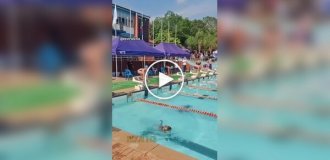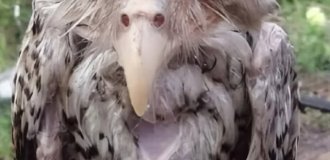Hypnotized and took sperm: scientists save leopard sharks in an unusual way (4 photos)
Scientists are planning to artificially inseminate a shark to save the endangered leopard shark. To do this, they had to resort to unusual methods. 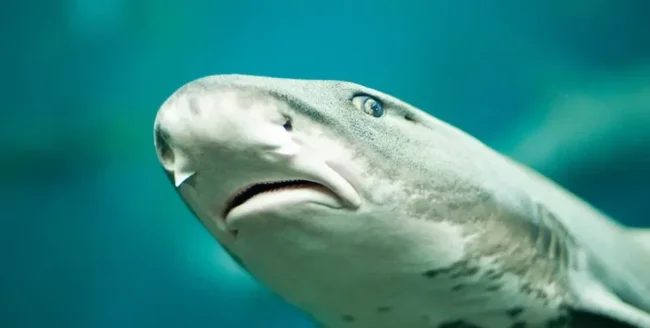
Scientists are using an unusual method to collect sperm from male leopard sharks. This is a major step in their conservation, which will allow scientists to carry out the first artificial insemination of a shark in Australia.
To safely handle these sharks, marine researchers use a technique called "thanatosis" to hypnotize the animals. The sharks enter a temporary, trance-like state.
After this, they become more docile, allowing scientists to collect the necessary samples. This process is quite safe, and once the sharks are released, they quickly return to their normal behavior. 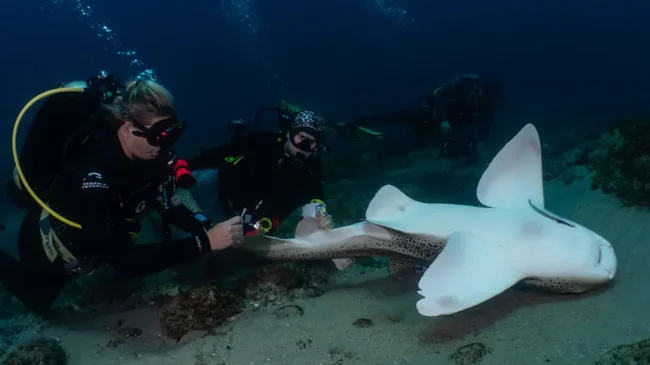
Thanatosis, or the reflex or behavioral response of some animals when the body imitates its own death, is not unique to sharks. Other species, including rays and birds, exhibit similar reactions.
While the exact cause of this phenomenon is still unclear, it may play a role in mating for some species or serve as a defense mechanism for others.
In the case of sharks, inducing this state allows researchers to collect vital samples.
"This meant that our five-person team could take sperm and blood samples from male sharks underwater in the wild with a syringe," explained Dr. Christine Dudgeon, a researcher who specializes in leopard sharks.
"I never thought I'd be this close to sharks underwater," she joked. 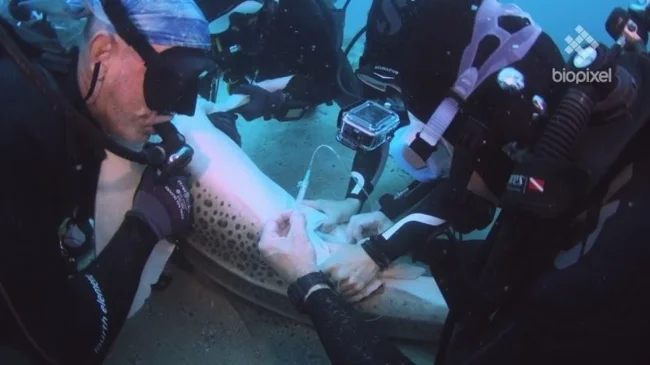
The researchers' actions are related to the status of the Indo-Pacific leopard shark (Stegostoma tigrinum), which is also called a zebra shark due to the striped pattern observed in juveniles. These animals are currently listed as endangered on the IUCN Red List of Threatened Species
So Dudgeon and her colleagues from around the world are trying to help the species by artificially inseminating female leopard sharks at Sea World Gold Coast, SEA LIFE Sydney Aquarium and Resorts World Sentosa in Singapore.
"We hope that this method of marine reproduction will be a game-changer for international projects aimed at reproducing Stegostoma around the world, especially in regions like Indonesia where it is endangered," the researcher adds.
The team is also closely monitoring the DNA of the offspring to study parthenogenesis, a form of asexual reproduction documented in this shark species. 
"Once these egg capsules are laid and determined to be fertile, they will be sent to our partners in Raja Ampat until they hatch into juveniles, which will hopefully help replenish these protected waters," Dudgeon added.
In addition to artificial insemination, the researchers are also tagging the sharks with harmless devices to track their movements.
"We can now track the movements of these sharks using a network of marine acoustic receivers to further inform conservation work as part of this ambitious restocking project," Dudgeon added.




